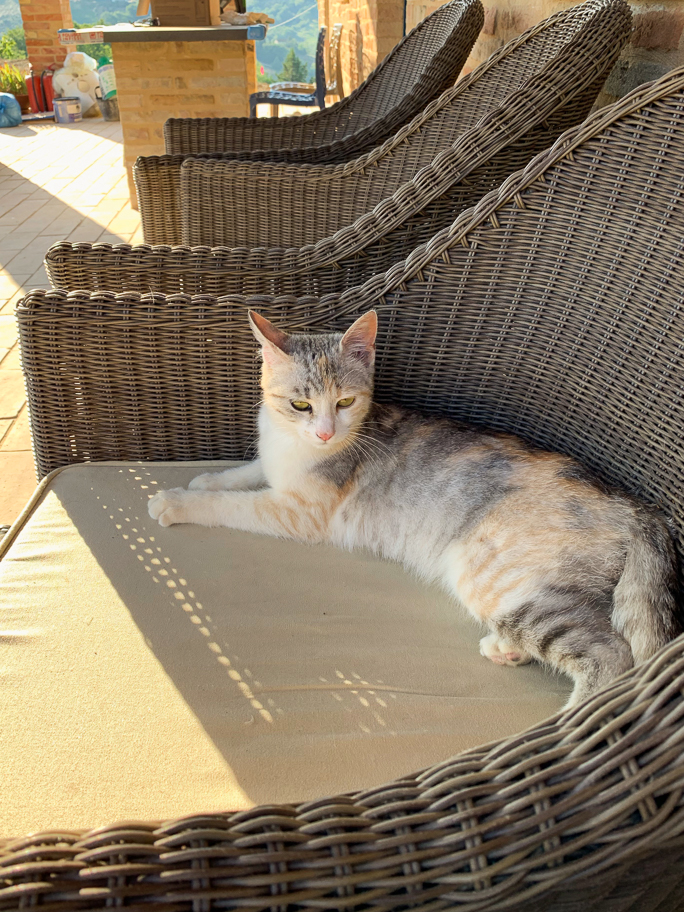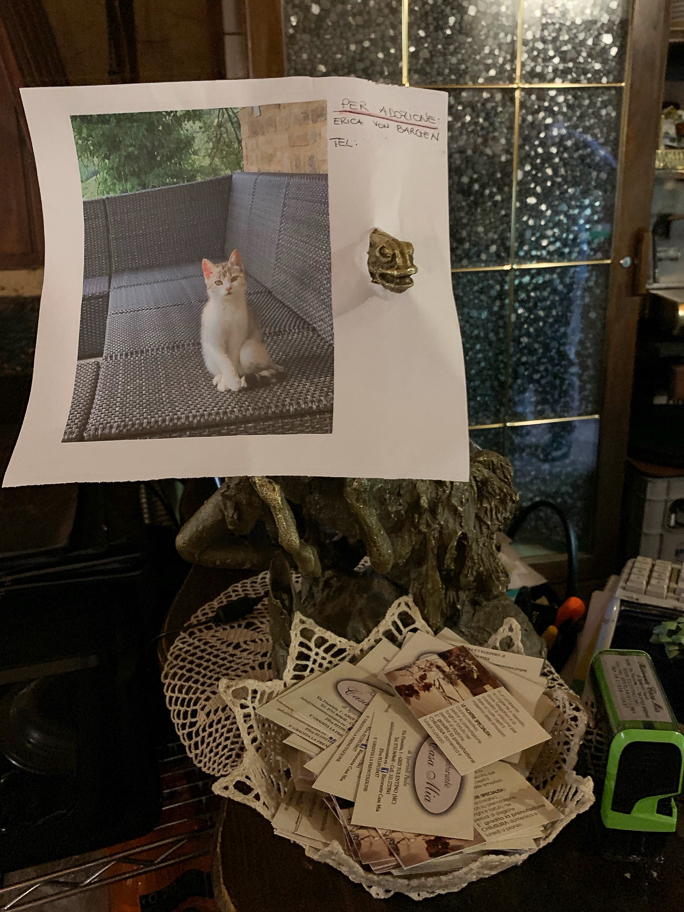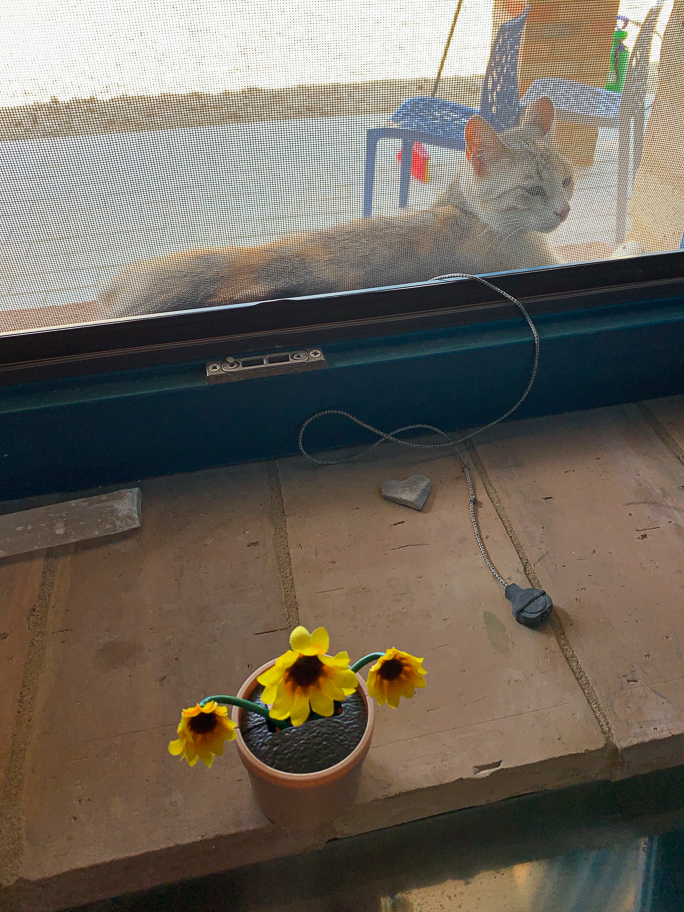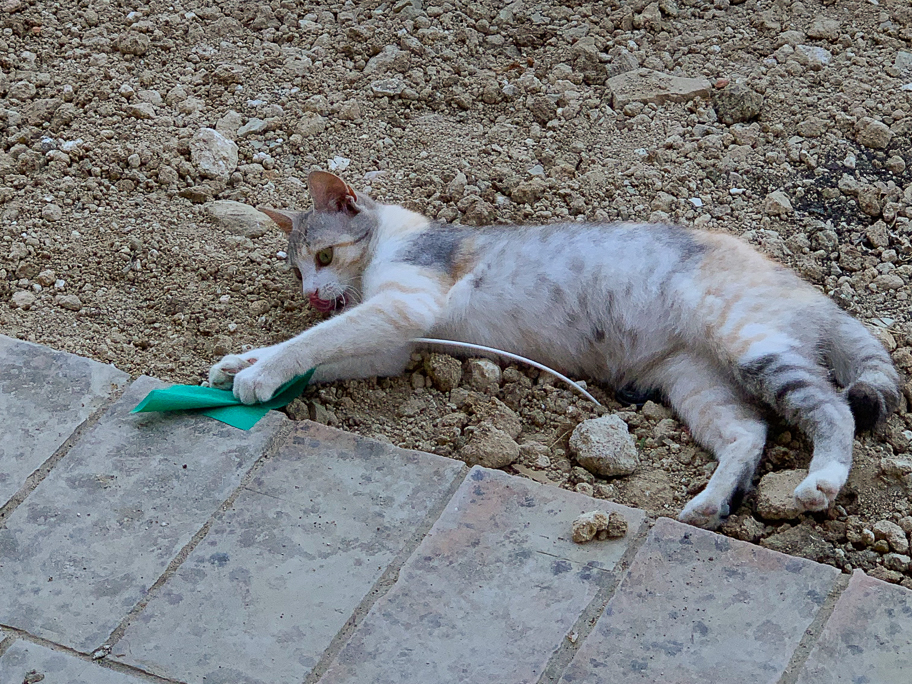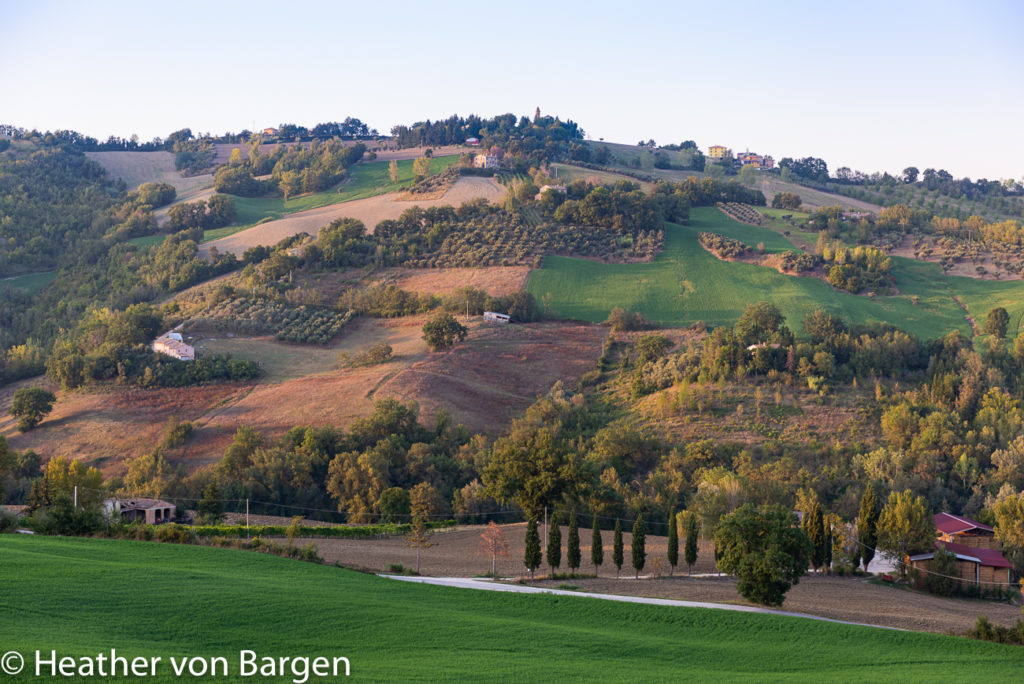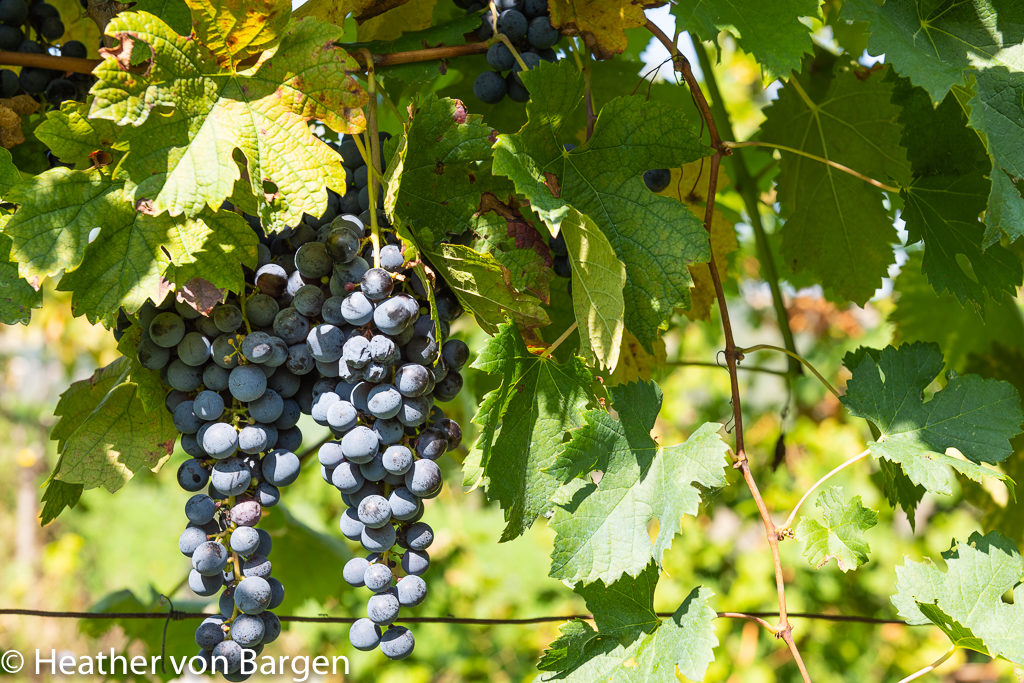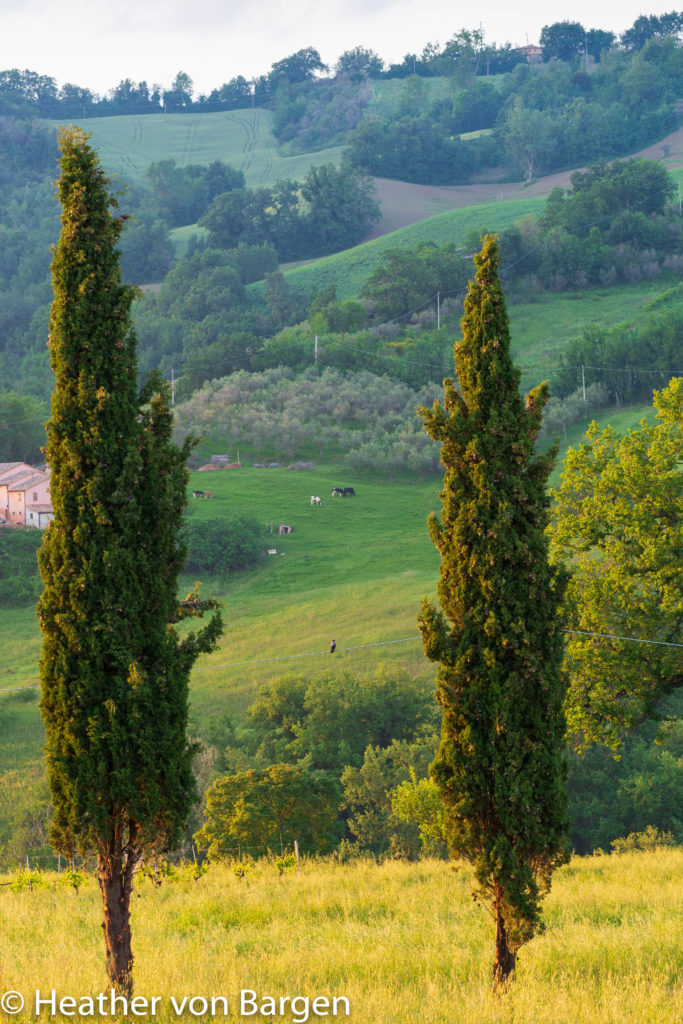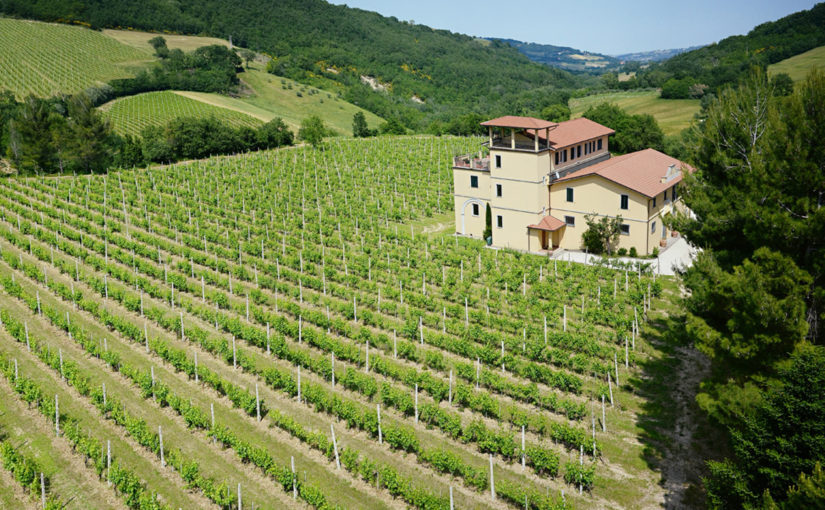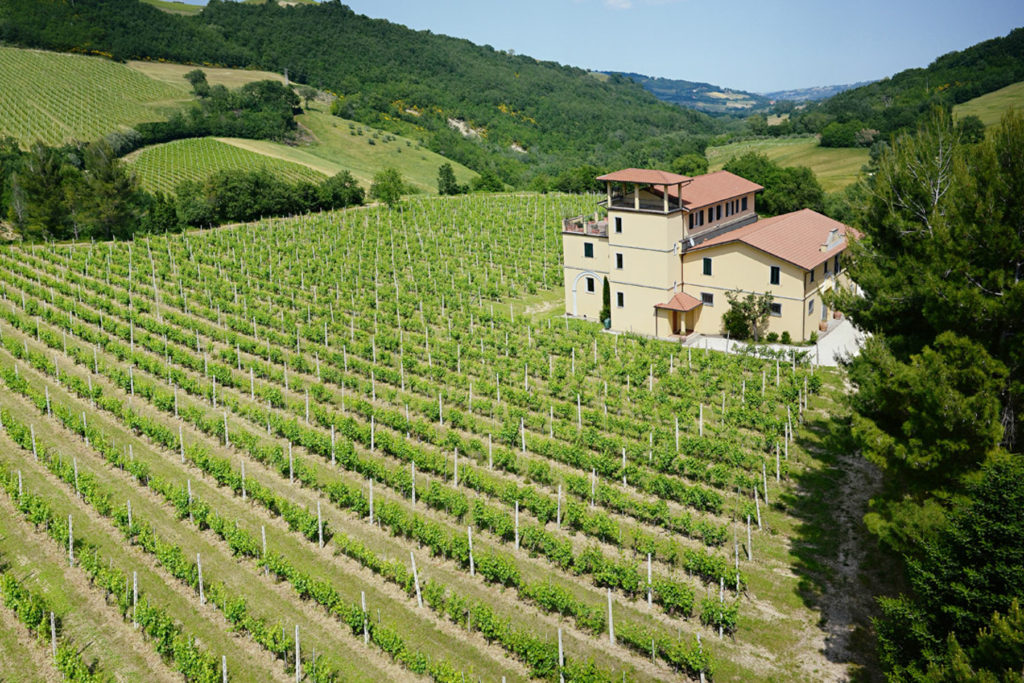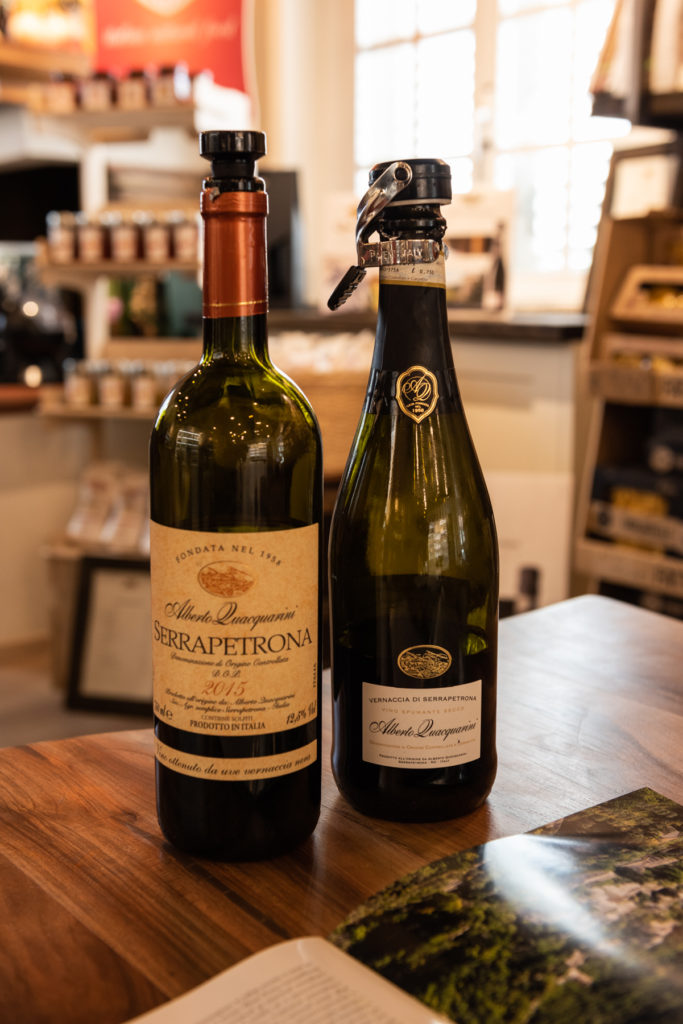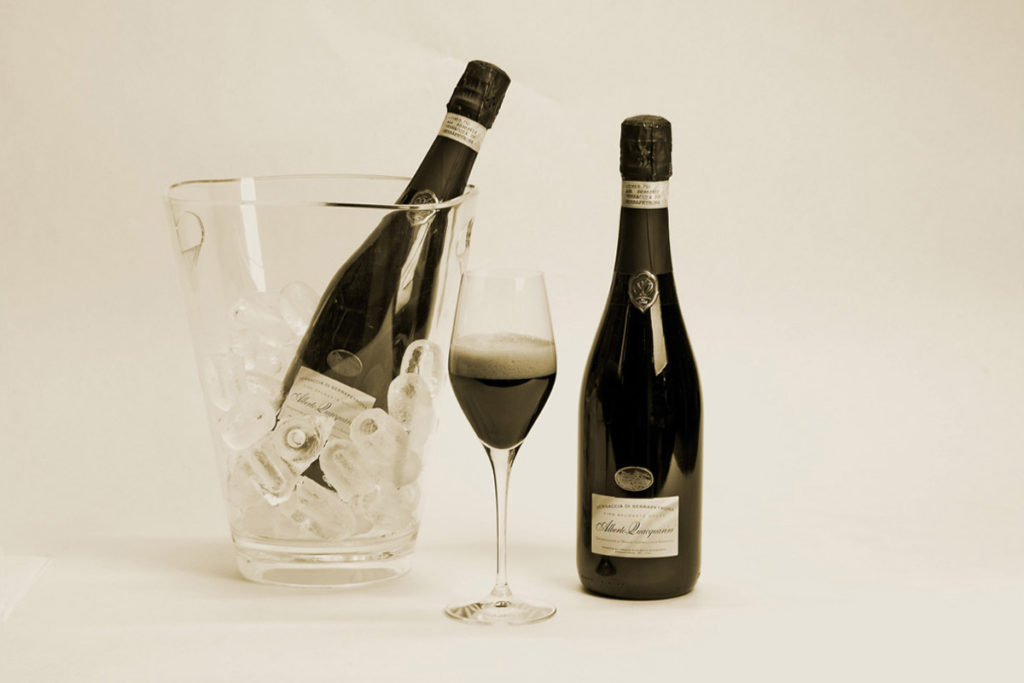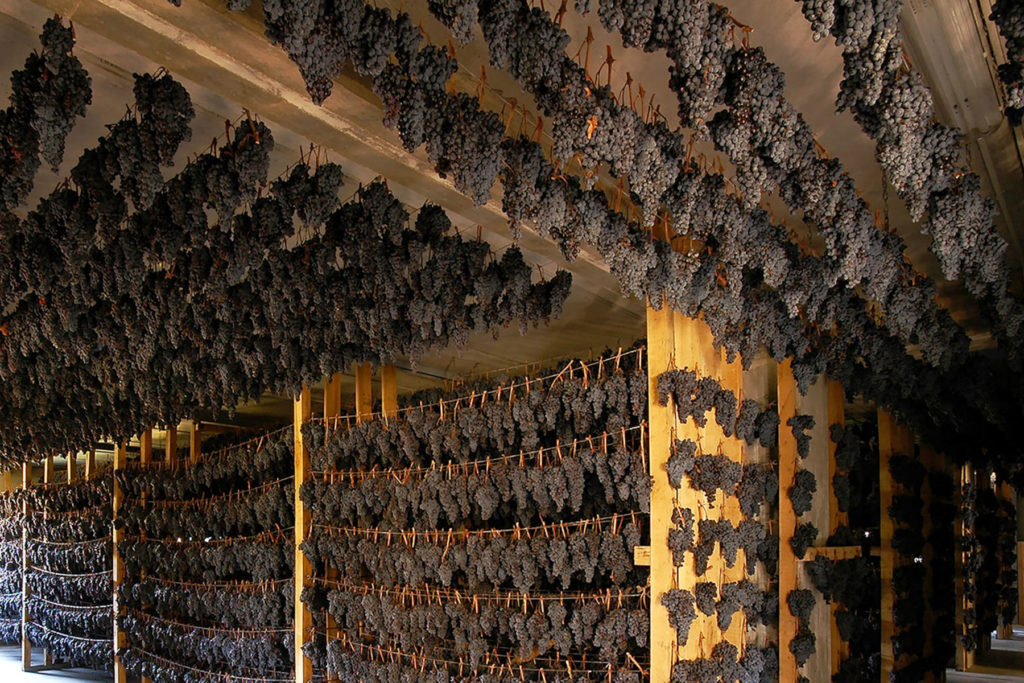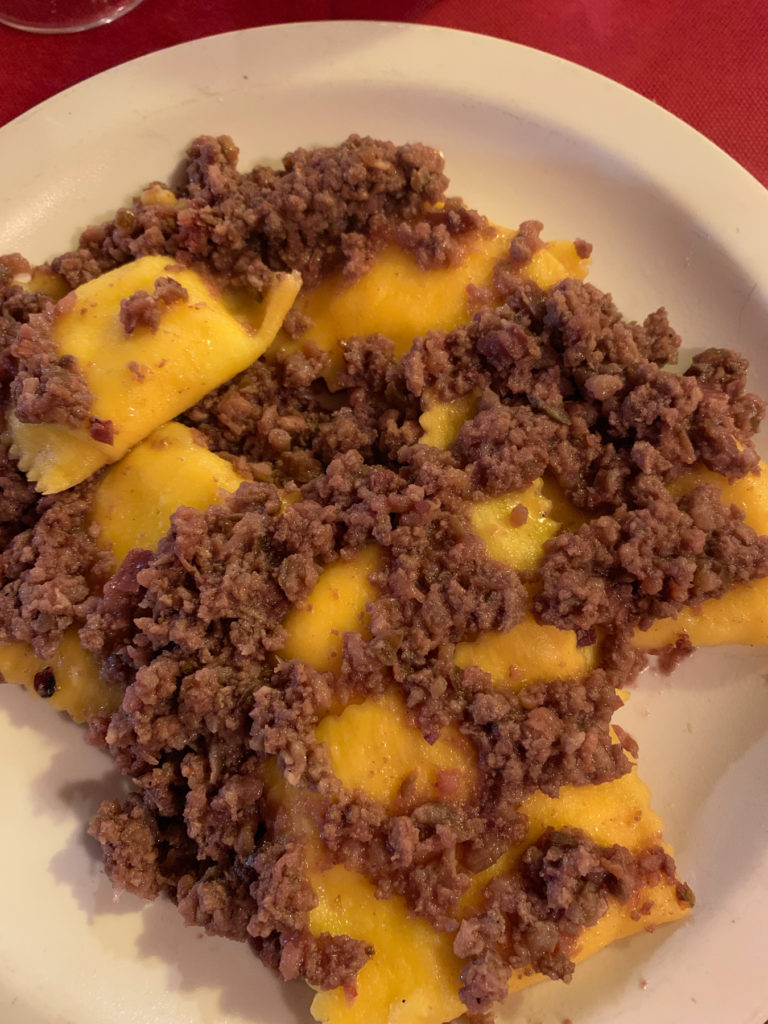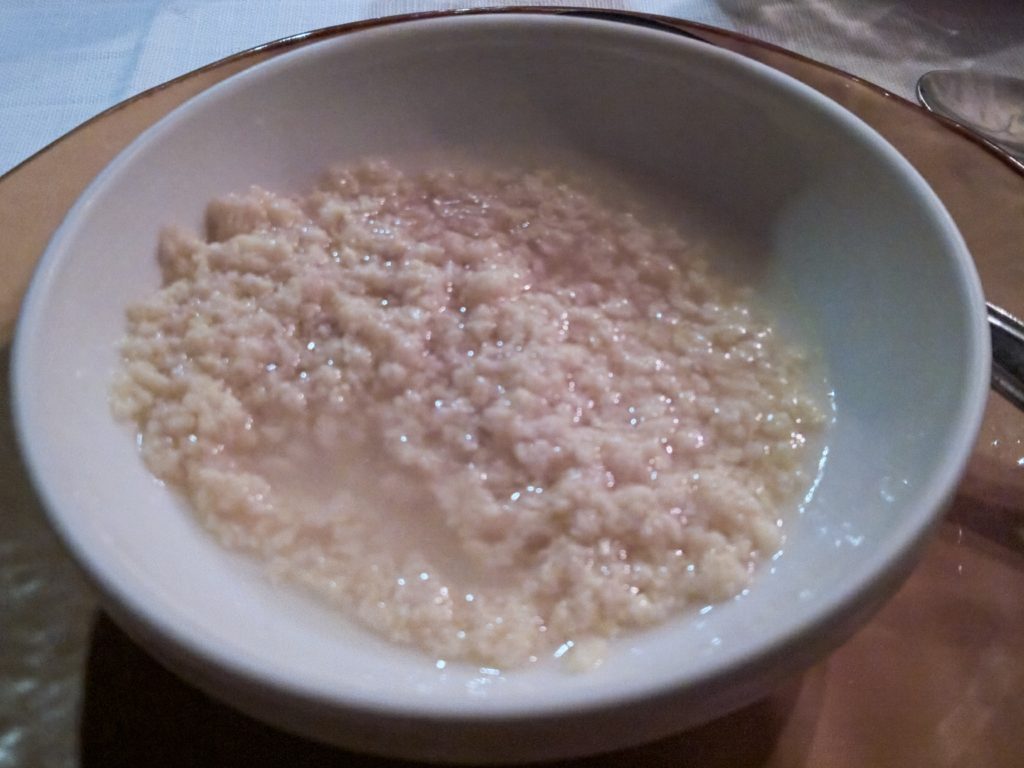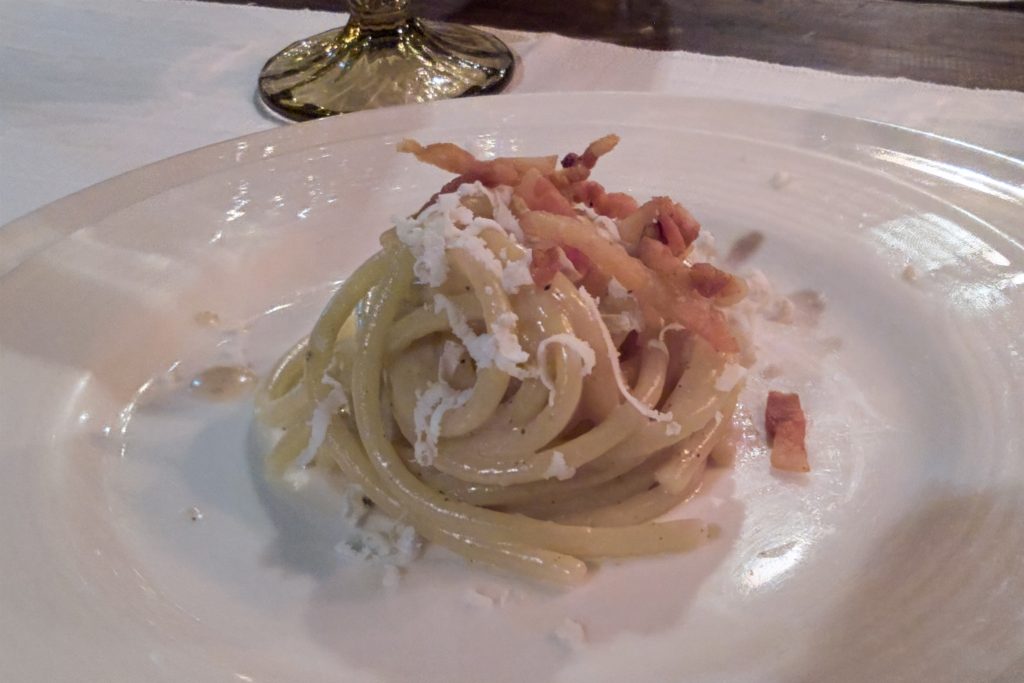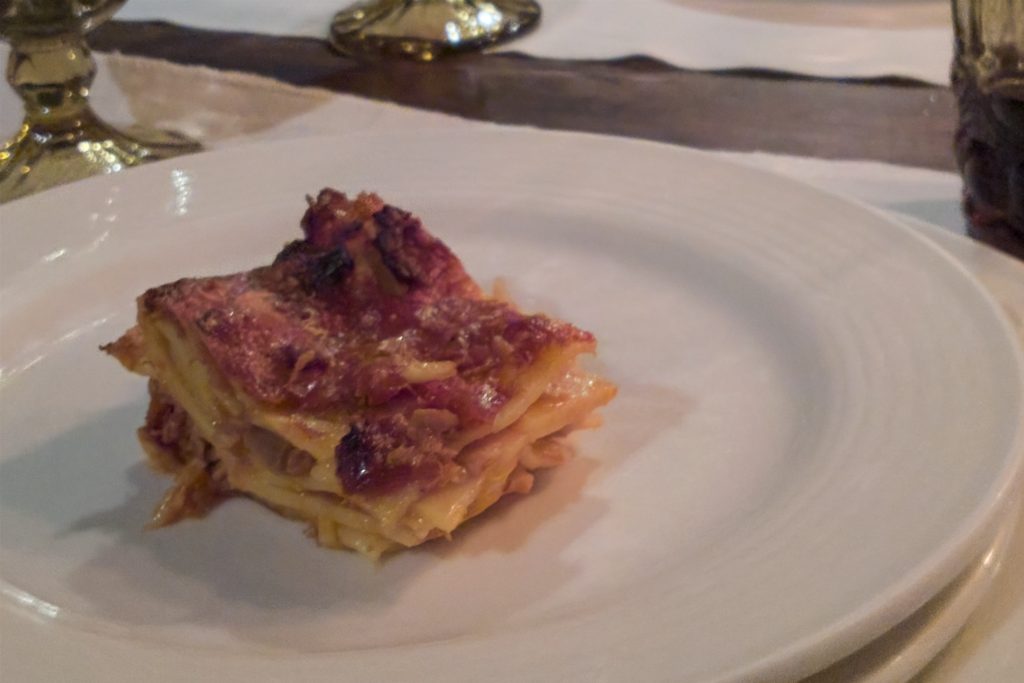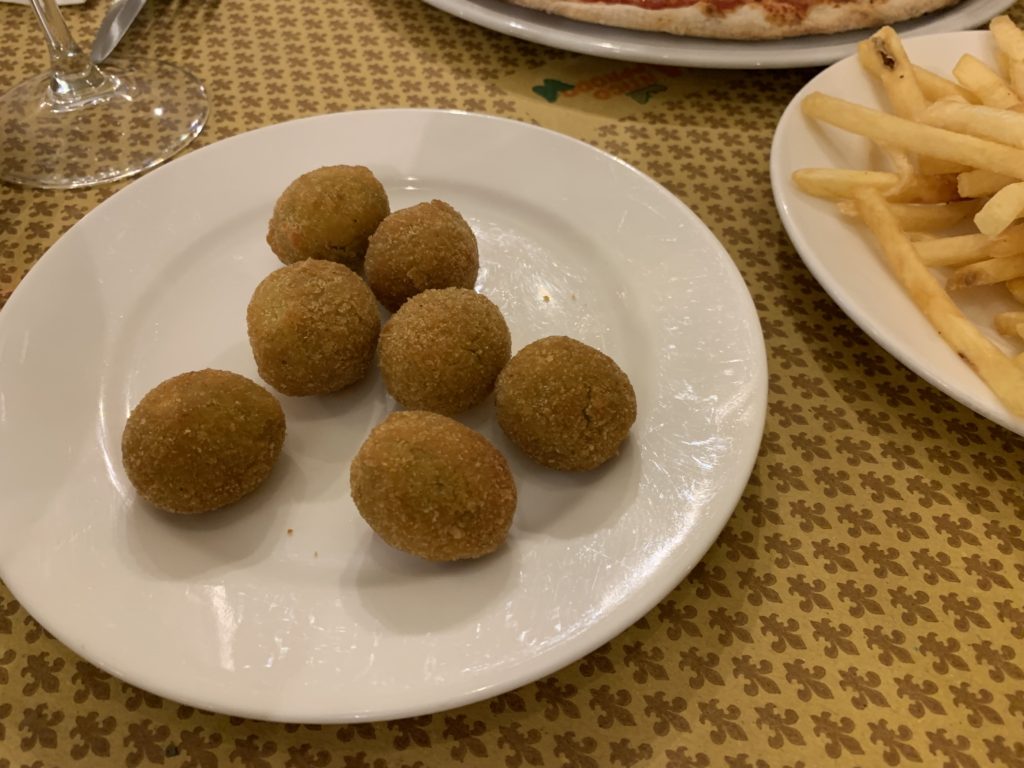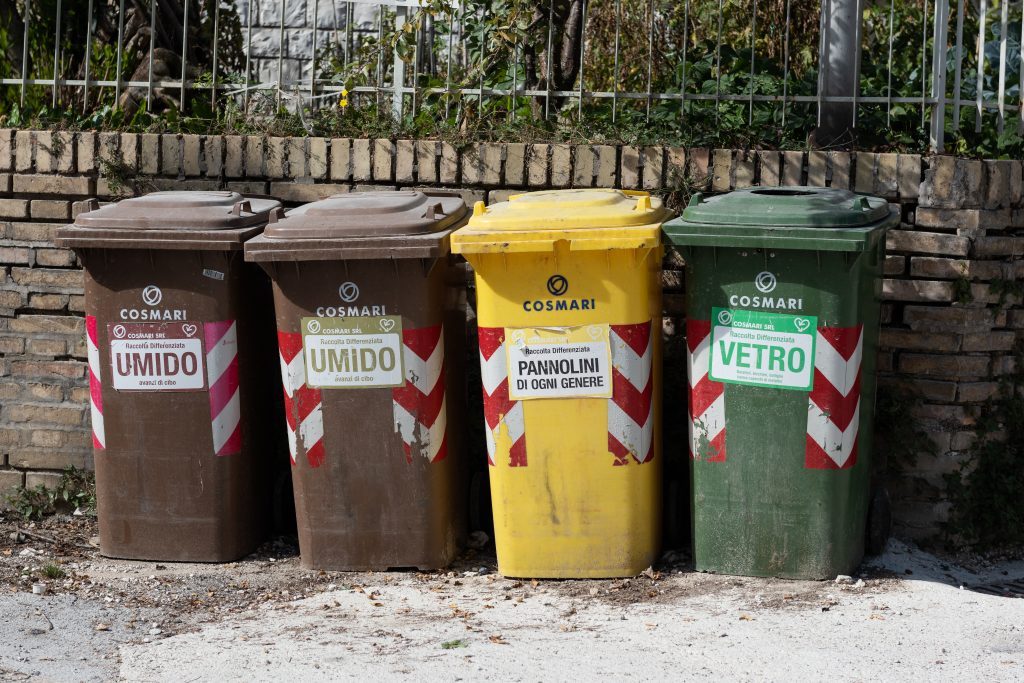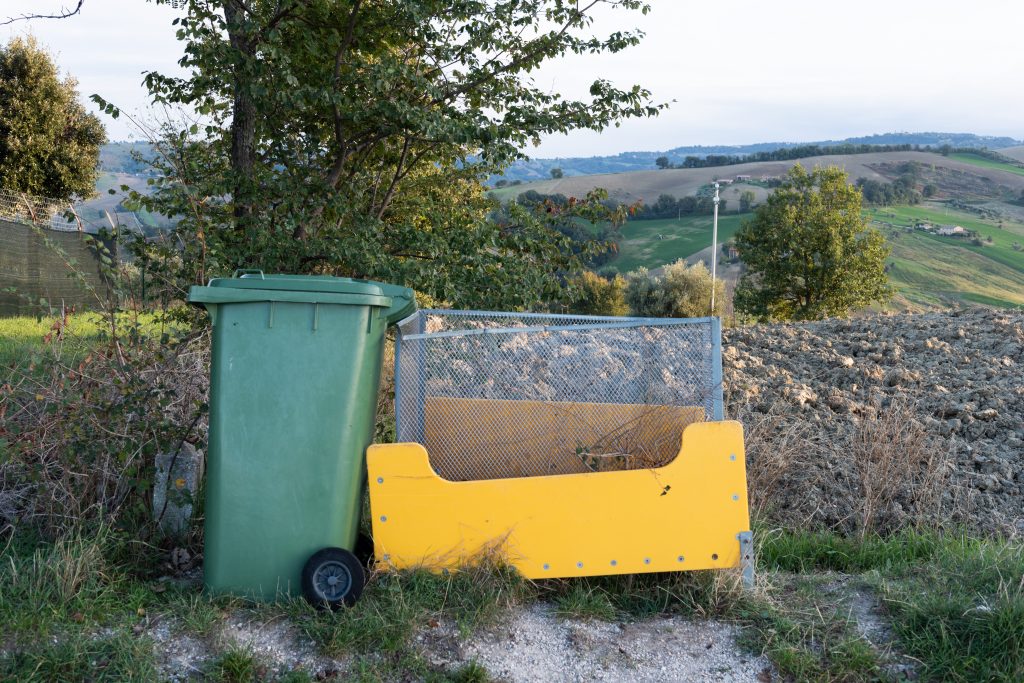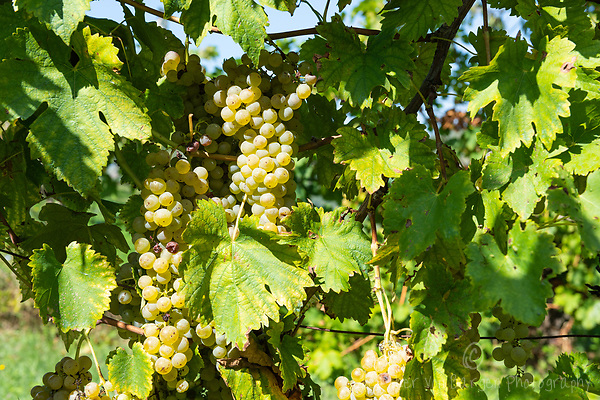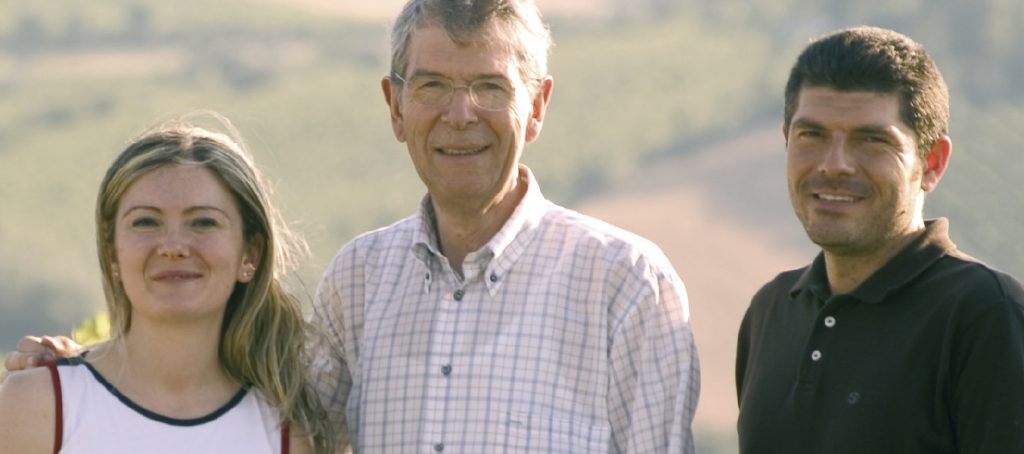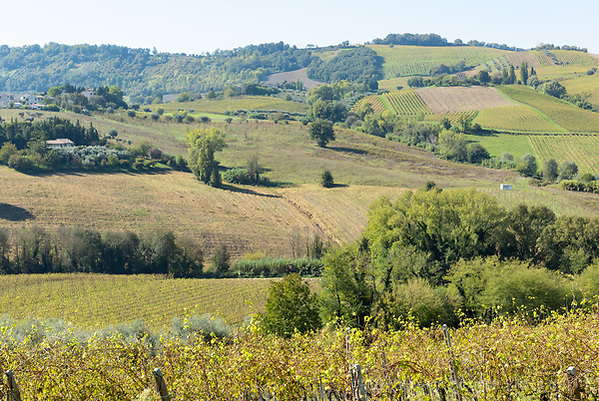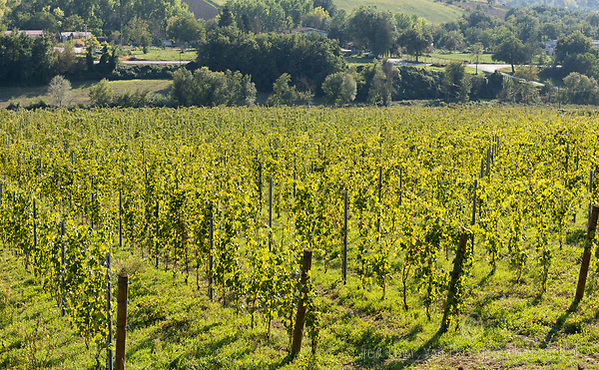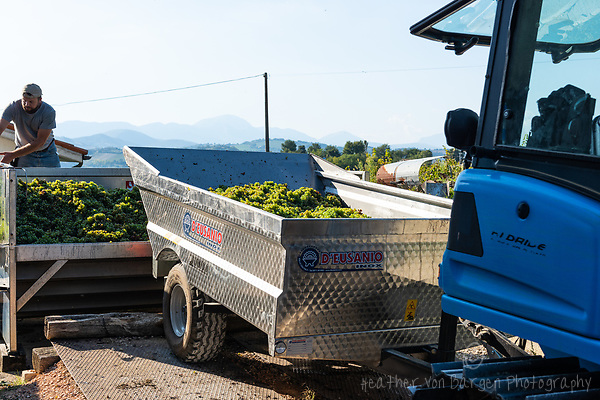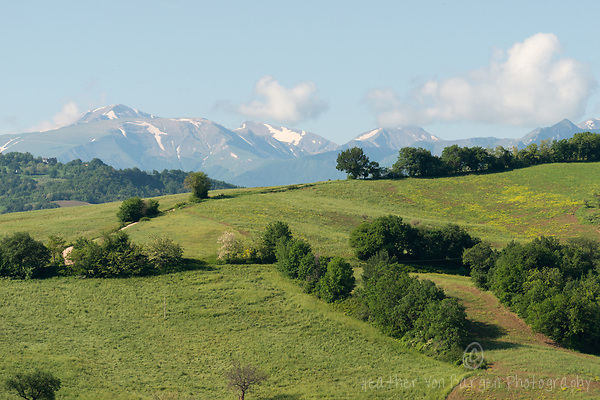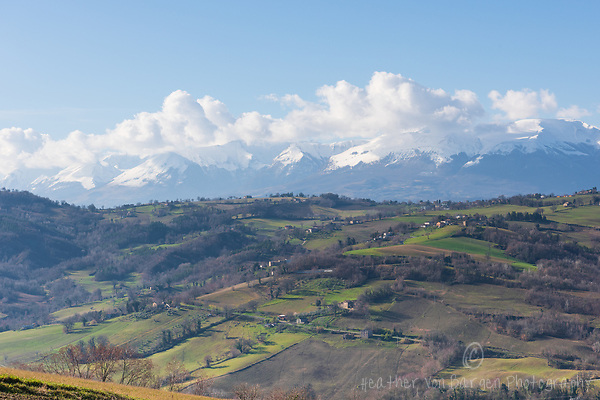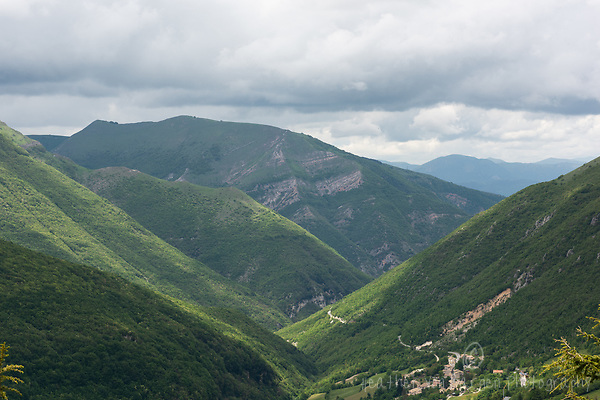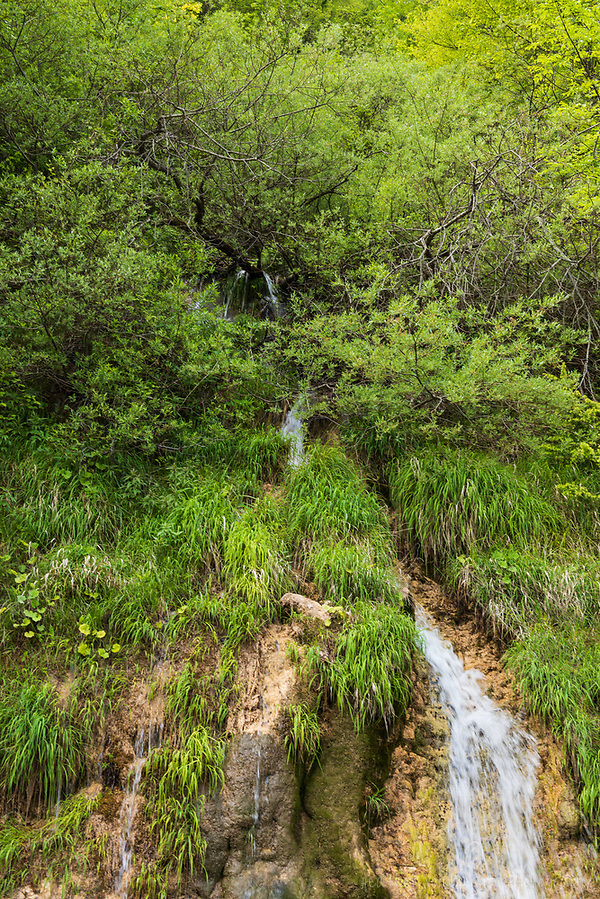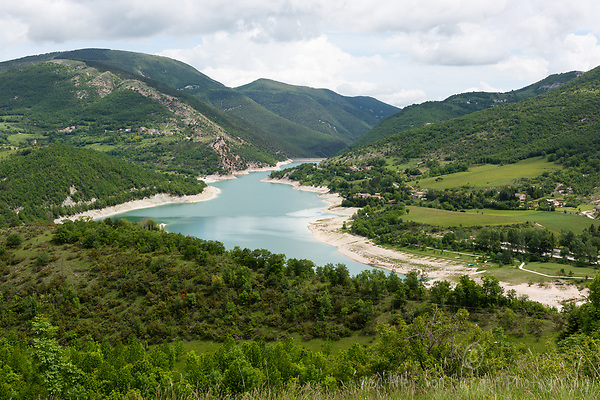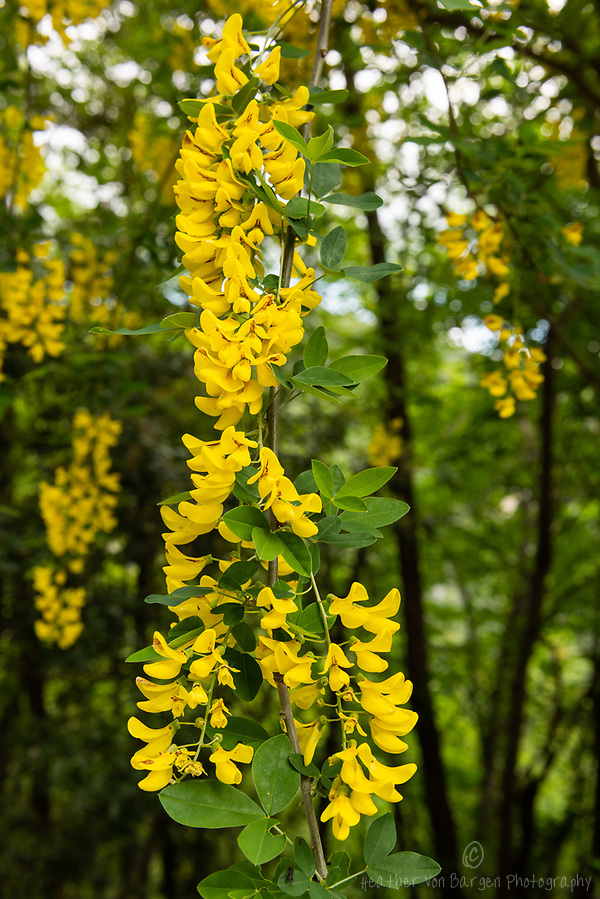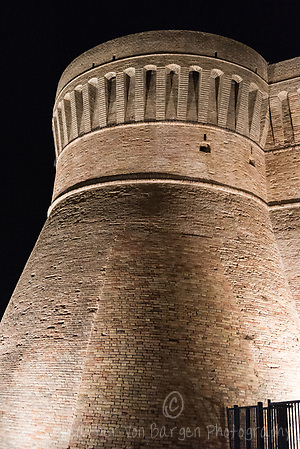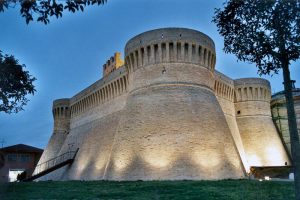
Italy hasn’t yet opened its doors to visitors who reside outside the EU—but it will. And when it does, le Marche should be the first place you visit. I always recommend le Marche, I’m biased. I fell in love with the region and bought a home here. But le Marche is perfect for recuperation and restoration. It is the travel antidote for Covid-19.
Le Marche, or the Marches in English, is in central Italy, east of the more familiar and touristed Tuscany and Umbria. Its western border is the Sibillini mountain chain, the eastern border is 180 kilometers of gorgeous Adriatic shoreline. In between, rolling hills covered in patchwork-quilt fields define the largely agricultural landscape.
After stressful events and tumultuous times, many of us seek some kind of refuge, a balm for the soul. Le Marche offers you a variety of ways to repair and recover. The radiant blue skies here seem endless, and optimistic. The fresh mountain air revitalizes. The sea breeze calms. The tinkling of cowbells in the distance anchor and soothe.

Undertouristed
It’s easy to social distance in Le Marche. It’s undertouristed. Here you can admire first century frescoes accompanied by one other person—your guide. You can wander suggestive Roman ruins without seeing another tourist. When you stop in one of the region’s 28 Borghi Più Belli d’Italia for an aperitivo in the piazza, you might not be the only one, but there’s a good chance you’re the only one from out of town. If the thought of crossing Venice’s Rialto Bridge, with its slow-moving throng of visitors gives you pause, the diffusion of le Marche’s sights should give you comfort.
There aren’t many large hotels and crowded public transportation here. The best way to visit Le Marche is by car (or bicycle) and most accommodations are agriturismi in the countryside, B&Bs in villages, apartment rentals, and private holiday homes throughout. All of them are required to adhere to local and state regulations that are far stricter than any I have seen in the United States. Renting an apartment or vacation home greatly limits contact with others, and you can make your own Italian meals.

Slow Travel
By its nature, le Marche is Slow Tourism. Trying to cram as many Italian cities as you can into one or two weeks means you waste a lot of transit time, you don’t really get to experience the cities you visit, and when you get home, you’ll need a vacation from your vacation.
Slow travel, on the other hand, involves not only literally traveling slowly but also deeply and more sustainably. Stay in one place and bike or drive to nearby towns. Linger over a 2-hour lunch or a 3-hour dinner because there’s no other place you have to be. If a friendly local invites you for coffee, you can accept. Meet local artisans who demonstrate their craft; tour a winery with the owner, who is most likely the same person who makes the wines; visit a frantoio and learn how olive oil is made; hike with a local guide who can point out flora and fauna you’d likely overlook. Slow Travel allows you to immerse yourself in a place, to feel like a local.

O KM Cuisine
If the key to your heart is through your stomach, the Marche will win it. Abundant fresh fish and seafood from the coast makes it way to the midland hills. Toward the mountains, wild game, prized beef, pork, and sheep cheeses dominate. White and black truffles are celebrated seasonally, and often grated on fresh pasta. Locally grown lentils, wheat, produce, and vegetables make it easy to enjoy 0 KM meals.
Excellent wines you can afford
La Marche’s wines aren’t as famous as our neighboring regions but secondo me, they taste better, and are much more affordably priced. They’re also largely sustainable. A heritage of respect for the land and the environment combined with our sea and mountain breezes means the majority of our wines are organic or biodynamic. Vernaccia di Serrapetrona is made from a native grape found only in 66 hectares around the beautiful village of Serrapetrona. The Vernaccia Nera grape makes three different wine styles: a sweet sparkling red, a dry sparkling red, and a still dry red.
Verdicchio is a white wine made from native grapes in two different areas that give the same grape two different tastes. Both Verdicchio and Vernaccia are awarded Italy’s highest quality designation. And that’s just the start of your Marche wine discovery tour. Our local Ribona white makes drinking bland pinot grigio difficult and our local Rosso Piceno wines made with a blend of Montepulciano and Sangiovese cost much less than they would elsewhere.

There are no Marriott properties in le Marche. Almost every business is locally owned, so a bigger share of your tourism euros stays in the community and makes a much larger local impact. And le Marche could use the help. After a series of devastating earthquakes hit the region hard in 2016, this summer it was poised to capitalize on being named Lonely Planet’s number 2 region to visit in 2020. Then came Covid. Although le Marche is undertouristed, tourism is still a vital, if ailing sector of the economy.
The writer Guido Piovene wrote in 1957: “Italy, with its range of landscapes, is a distillation of the world; the Marche is a distillation of Italy.” It’s still true today. Everything we love about Italy: welcoming people, delicious food, wonderful wines, architectural triumphs, artistic masterpieces, gorgeous scenery, unhurried lifestyle, and however else Italy is distilled for you, is all found in the one Italian region with a plural name, le Marche.


